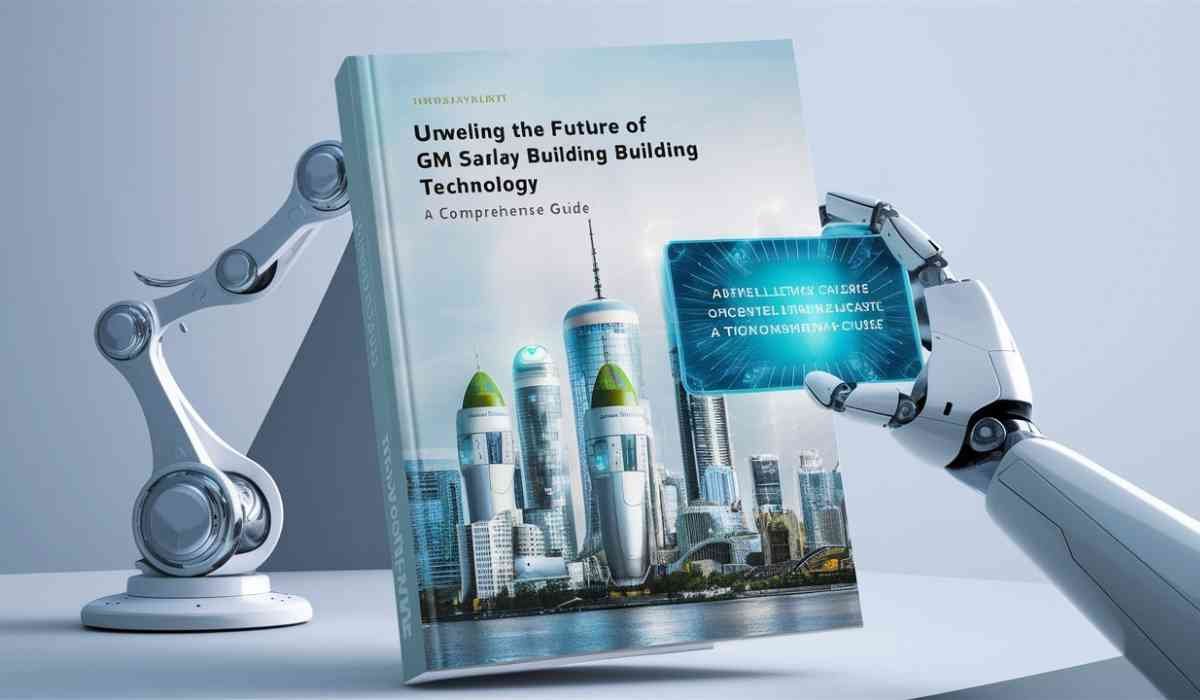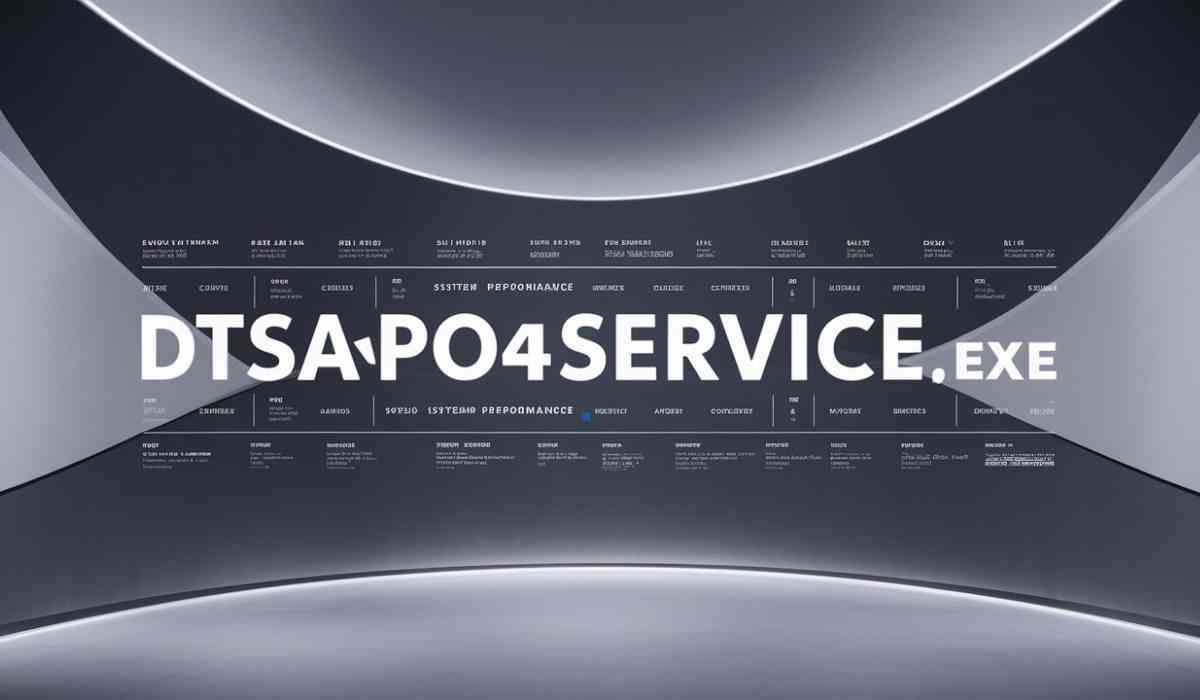Corrosive liquid transfer remains one of the most overlooked cost centers in chemical and process plants. Premature pump failure, unexpected downtime, and material compatibility issues turn into real engineering and procurement nightmares. For process heads, that means budget blowouts. For plant engineers, it’s hours of chasing reliability. And for OEM partners, it’s repeated redesigns that stall delivery.
This is where non metallic centrifugal pumps become more than just a product they become a process enabler. Their chemical resistance, design flexibility, and longer lifespan give users what they’ve long needed: predictable performance in unpredictable fluid environments.
Why Traditional Metal Pumps Fail in Corrosive Environments
Metals, even high-grade alloys, have a breaking point. When corrosive media like acids, alkalis, or solvents are involved, that point comes fast.
Common corrosion-related pump failures:
- Pitting and crevice corrosion on wetted surfaces
- Seal and bearing failures due to vapor infiltration
- Reduced wall thickness from chemical attack
- Motor overloads from impeller drag caused by scaling
Cost impacts:
- Frequent maintenance cycles
- Reduced MTBF (Mean Time Between Failure)
- Increased safety risks from leakages
Common Signs of Corrosion-Based Failure
- Discoloration on metal surfaces
- Seal leakage near shaft entry points
- Reduced flow rate and discharge pressure
- Unusual noise and vibration
Industrial Consequences of Pump Failure
- Shutdowns in critical production lines
- Unplanned maintenance budget spikes
- Compromised product quality due to contamination
- Safety compliance failures during audits
What Makes Non-Metallic Centrifugal Pumps Ideal for Corrosive Liquids
Non-metallic builds eliminate the core issue: metal-to-liquid contact.
Benefits at a glance:
| Feature | Advantage |
| No metal in contact | Eliminates internal corrosion |
| High chemical resistance | Works with acids, alkalis, oxidizers |
| Lightweight | Easier installation and reduced load |
| Modular construction | Simple part replacement |
Core Material Advantages: PP, PVDF, ETFE
- Polypropylene (PP): Ideal for mild acids and alkalis. Economical.
- PVDF: Works well in aggressive acids. Excellent temperature resistance.
- ETFE (Ethylene Tetrafluoroethylene): Used in extreme cases where even PVDF fails.
Each material offers a specific chemical compatibility range. Selection must depend on both fluid type and temperature.
Key Industries Benefiting from Non-Metallic Builds
- Battery and electronics: For acid and base handling in confined layouts
- Electroplating units: For continuous circulation of plating chemicals
- Water treatment: For sodium hypochlorite and alum dosing
- Chemical manufacturing: For mixed acid transfer and storage tank unloading
Design Innovations in Non-Metallic Centrifugal Pumps
Design isn’t just about aesthetics. It decides how well a pump survives 24×7 operations.
Engineering enhancements:
- Double-volute casing for balanced pressure
- Reinforced backplates to reduce flex
- Non-metallic shafts with sleeve protection
Mechanical Seal Compatibility
- Options for single, double, or cartridge seals
- Seal flushing provisions for crystalizing fluids
- Anti-leakage design with external lubrication ports
Frame-Mounted vs. Close-Coupled Models
| Model Type | Best Used When |
| Frame-mounted | Longer pipe runs and custom motor setups |
| Close-coupled | Compact space and standard-duty jobs |
Close-coupled pumps reduce alignment issues, while frame-mounted builds offer easier motor swaps.
Application-Specific Configurations
A one-size-fits-all pump never works in corrosive environments. Fluid behavior changes by industry, concentration, and operational variables.
Custom configurations matter:
- High head designs for vertical lift
- Wide passage impellers for slurry-laden fluids
- Seal-less magnetic drives for toxic fluid transfer
Challenges Addressed in High-Solid Fluids
- Abrasion damage is minimized by engineered plastics
- No metallic fatigue from cavitation-induced pitting
- Lower impeller erosion in acidic slurry pumping
Pumping Fluids with Mixed Chemical Loads
- Multi-polymer construction to match chemical compatibility
- Design buffers for unexpected pH fluctuations
- Integrated drain plugs for safer cleaning between batches
Choosing the Right Non-Metallic Pump: A Quick Buyer’s Checklist
Making the wrong choice means more than a poor-performing pump. It affects the entire process lifecycle.
Checklist:
- Fluid chemical composition
- Operating temperature range
- Desired flow and discharge head
- Installation layout and space constraints
- Seal requirements (single, double, or seal-less)
Avoiding Common Selection Mistakes
- Using PP when PVDF is needed for concentrated acids
- Ignoring static charge buildup in flammable applications
- Undersizing motors for higher-viscosity fluids
Final Thoughts: Is a Non-Metallic Centrifugal Pump Right for You?
If your process involves any of the following:
- Strong acids or bases
- Mixed or unknown chemical residues
- Short pump life due to internal corrosion
…then a non-metallic centrifugal pump isn’t a luxury—it’s a necessity.
A Future-Proof Investment for Corrosive Systems
Non-metallic centrifugal pumps extend equipment life, reduce unplanned downtime, and improve plant safety. For any engineer tired of treating pump corrosion as “routine failure,” this is the way out.









